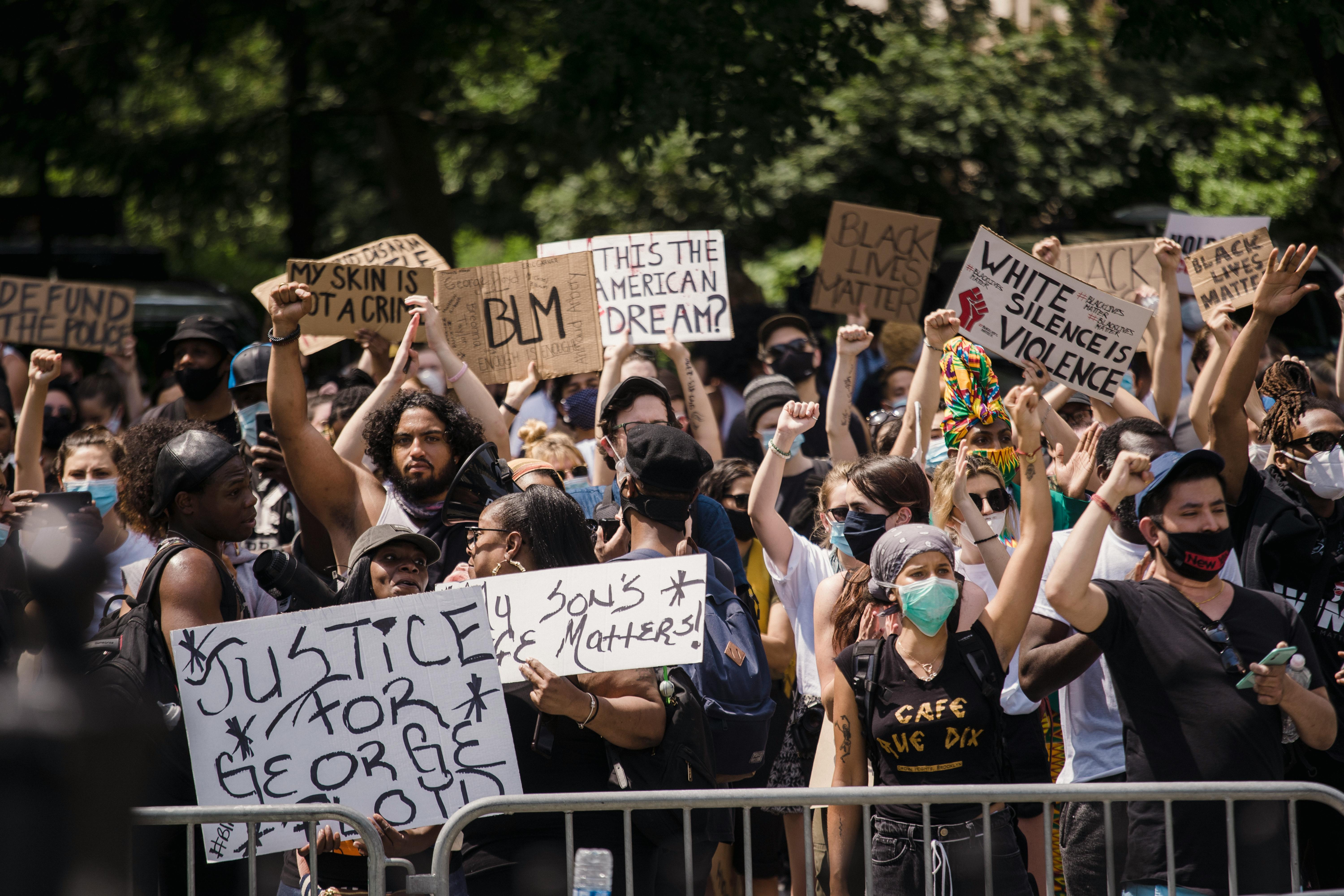
The United States Copyright Office designates copyright protection for “… original works of authorship fixed in any tangible medium of expression …” (see 17 USC § 102 (a)). This begs the question: What is not protected? You learned from Part One In this series, a mere compilation of facts, like a phone book, is a type of work that is not protected. Here are five more areas of exclusion.
Implied Exclusions. Reading the language of the law implies that “works of authorship” are created. Therefore, works created by natural processes, such as patterns in the bark of fallen trees, are not protected. Furthermore, the law implies that a human being creates the work. Therefore, works created by non-humans, such as a painting created by an artistic cat, are not protected.
Absolute Exclusions. The U.S. Copyright Office has published Circular 34 which details some elements that are outside the copyright protection. Names, such as your name or the name of a school or the name of the store, are not protected by copyright. Titles, like the title of your novel, are not protected. Similarly, phrases and short expressions are excluded from copyright protection.
Exclusions (not so) obvious. An obvious exclusion from protection under copyright law is using someone else’s work within the work you create. In fact, under 17 USC § 103 (a), “the protection for a work that uses pre-existing material in which the copyright subsists does not extend to any part of the work in which said material was used illegally.”
What may be less obvious is that there is no protection for federal government works, not even individual federal government employees. Examples include judicial opinions, federal laws and regulations, administrative reports, official photographs, personal photographs taken by a soldier in war, and the journal of a public official.
Without ideas. Ideas, such as concepts, solutions, and building blocks, are not protected. If an idea can be expressed in one or more ways, to the extent that the idea restricts its expression, the expression is unprotected. For example, the following ideas are not protected by copyright law:
- concepts, such as a game show
- solutions, such as rules for a game, and
- building blocks, such as rhythms and notes in musical works or the plot and theme of a novel.
An idea, procedure, process, system, method of operation, concept, principle or discovery can be protected by patent law.
Too useful. Functional elements, such as lamps, are not protected. 17 USC § 102 (b) basically says there is no protection if you can answer YES to any of the following:
- Does the work describe, explain or illustrate something (like the rules of the game)?
- Is the work embedded in the article (as a blank form)?
A lamp design, for example, cannot be protected because its shape is not physically separated from its functional appearance. For details on what can be protected, see Part three of this three-part series. If a pictorial, graphic or sculptural work does not have aesthetic characteristics separate from its utilitarian aspects, then it cannot be protected. Basically, if what you are trying to protect is designed to be useful (like the body of a costume that is actually used as clothing), you will not get copyright protection.